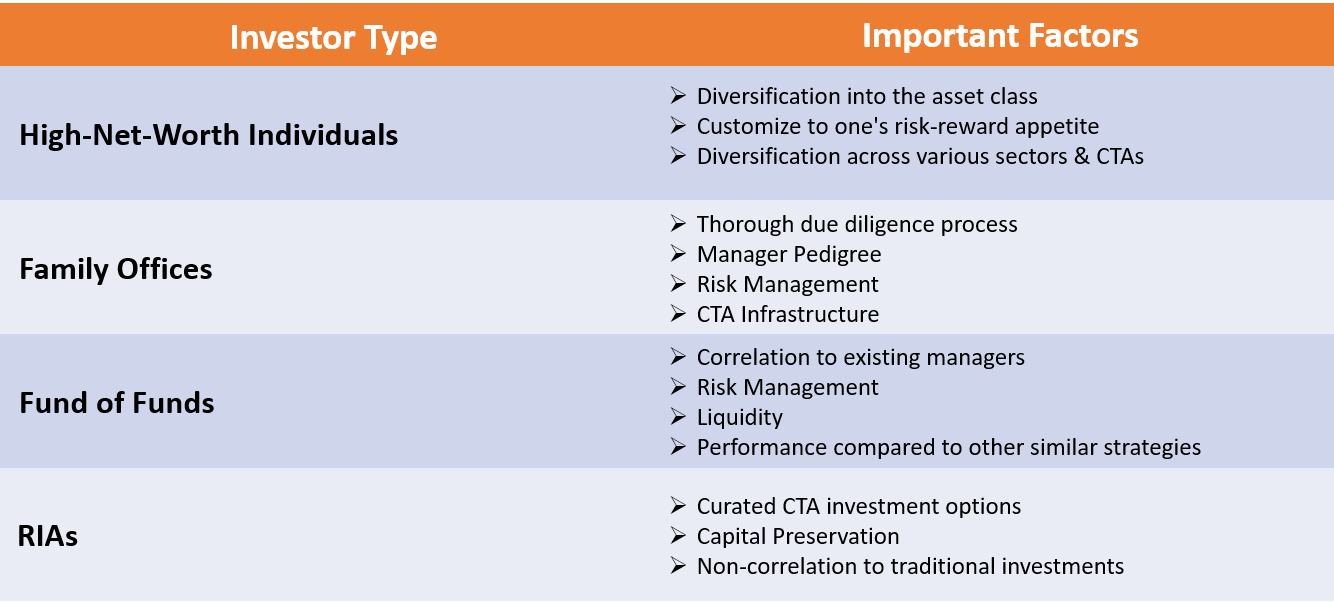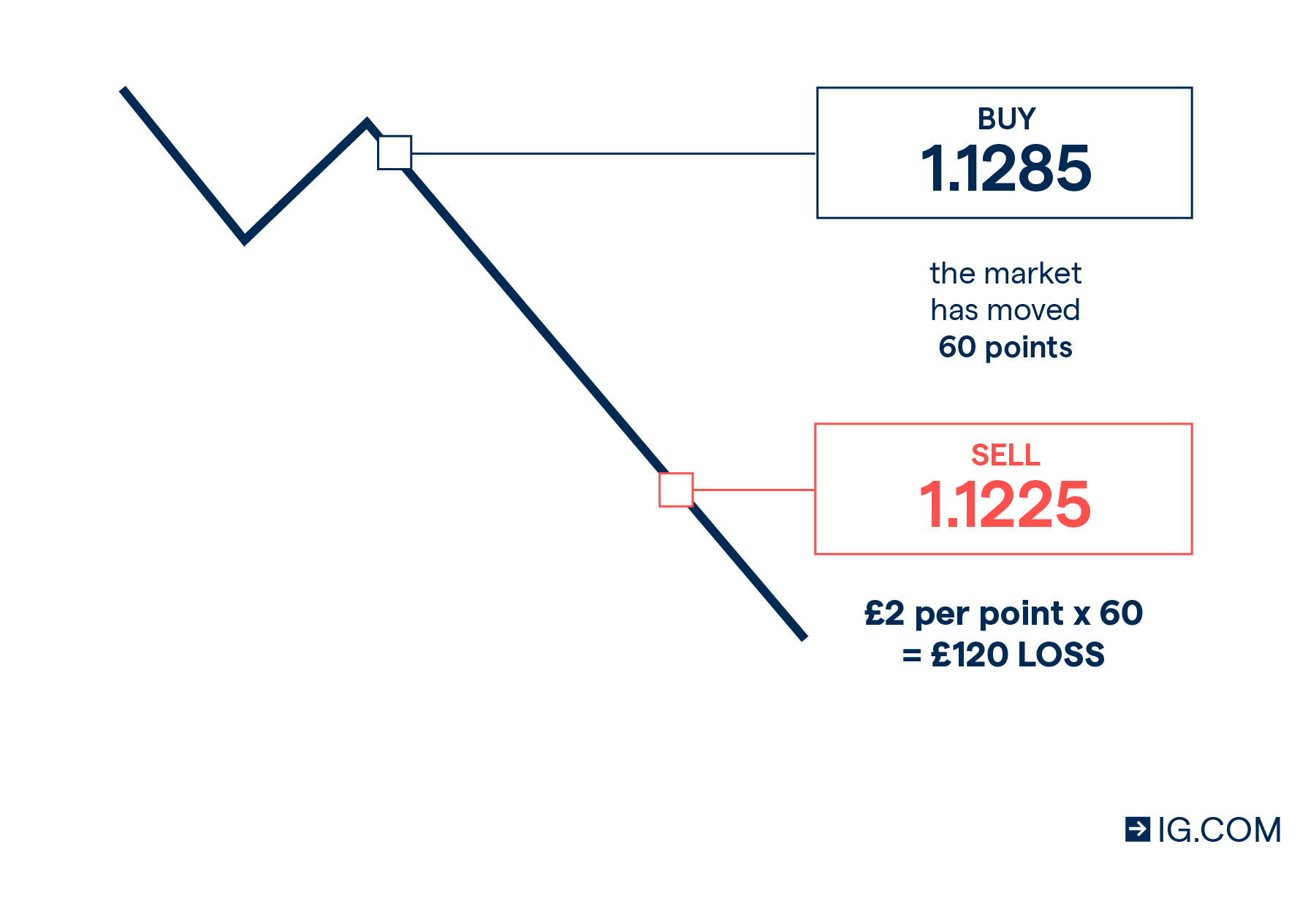
If you want to earn more dividends on your investments, you should consider investing in high dividend large cap stocks. These stocks are known for having high dividend yields. They also have low P/E rates. These companies generally pay a dividend yield of around 3.4% and higher. These stocks have a P/E ratio under 20 and a yield of more than 3 percent.
Microsoft
Microsoft is a high-growth stock with large capital that pays a steady dividend. Microsoft has a long history of increasing dividends. Over the last five years, its earnings per share have grown an average of 24% per annum. It also has a low payout ratio, which is ideal for dividend stocks. The company is also expected to increase its dividend 10% per annum over the next five year.
Microsoft pays dividends every three to four months, and four times per annum. Although the date of the dividend payment varies from month-to-month, it is usually within the third week. Prospective investors must know this date, in order to complete the investment BEFORE ex-dividend.

Johnson & Johnson
If you're looking for a high dividend large cap stock, Johnson & Johnson is an excellent option. Johnson & Johnson's 2.4% dividend yield is higher than the S&P 500 average. It has a solid business plan and strong brand. The company has been a leader in the field of health care for many years and its shares have risen each year. Consider another investment option if your goal is to find a fast-growing stock.
Johnson & Johnson is a market leader in many health care categories. They have consistently introduced new products to their marketplace. Today, the company has a market cap of $435billion, and it generates $98billion annually in revenue. This makes it a megacap stock (market capital over $200 billion). It recently reported its second-quarter financial results, and it exceeded analyst expectations. Its revenue increased by 3 percent year-overyear to $24Billion. Additionally, its adjusted EPS shot up from $2.59 and $2.68 respectively. This record-breaking achievement is no surprise.
Lowe's
Lowe's is a good stock choice for long-term income investors looking for strong stocks with a proven dividend history. Low payout ratios, healthy earnings growth and dividend growth are all hallmarks of the company's past. Lowe's has increased its payout for 60 straight years. Low debt levels allow the company to finance its dividend growth and can also execute share repurchases. The business can also invest in the business for future earnings growth.
Lowe's also offers a Stock Advantage Direct Stock Purchase Plan. This program allows new investors to purchase shares of Lowe's common stock and increases existing investors' holdings automatically. Participants also have the option of automatically reinvesting their dividends.

Target
Target is one of the best large-cap retail stocks for dividend investors. Although Target is currently undervalued in today’s market, it has very bright growth prospects. The dividend has been increasing for 50 years. This trend is expected to continue in the future. The company's profits have increased dramatically as well.
The company has a clear strategy. They sell high-quality merchandise at a discounted price, and via digital channels. Target management believes its stores can give it an advantage over its competitors, such as Amazon and Walmart. Therefore, it has invested in supply chain logistics and renovated its stores to maximize efficiency.
FAQ
Why is a stock called security.
Security is an investment instrument, whose value is dependent upon another company. It could be issued by a corporation, government, or other entity (e.g. prefer stocks). The issuer can promise to pay dividends or repay creditors any debts owed, and to return capital to investors in the event that the underlying assets lose value.
What is the difference of a broker versus a financial adviser?
Brokers are individuals who help people and businesses to buy and sell securities and other forms. They handle all paperwork.
Financial advisors have a wealth of knowledge in the area of personal finances. They can help clients plan for retirement, prepare to handle emergencies, and set financial goals.
Financial advisors can be employed by banks, financial companies, and other institutions. They could also work for an independent fee-only professional.
Take classes in accounting, marketing, and finance if you're looking to get a job in the financial industry. Also, it is important to understand about the different types available in investment.
What is security on the stock market?
Security is an asset which generates income for its owners. The most common type of security is shares in companies.
A company may issue different types of securities such as bonds, preferred stocks, and common stocks.
The value of a share depends on the earnings per share (EPS) and dividends the company pays.
When you buy a share, you own part of the business and have a claim on future profits. If the company pays a dividend, you receive money from the company.
Your shares can be sold at any time.
What is a mutual-fund?
Mutual funds are pools of money invested in securities. Mutual funds offer diversification and allow for all types investments to be represented. This reduces the risk.
Managers who oversee mutual funds' investment decisions are professionals. Some funds also allow investors to manage their own portfolios.
Most people choose mutual funds over individual stocks because they are easier to understand and less risky.
Statistics
- "If all of your money's in one stock, you could potentially lose 50% of it overnight," Moore says. (nerdwallet.com)
- Individuals with very limited financial experience are either terrified by horror stories of average investors losing 50% of their portfolio value or are beguiled by "hot tips" that bear the promise of huge rewards but seldom pay off. (investopedia.com)
- For instance, an individual or entity that owns 100,000 shares of a company with one million outstanding shares would have a 10% ownership stake. (investopedia.com)
- Ratchet down that 10% if you don't yet have a healthy emergency fund and 10% to 15% of your income funneled into a retirement savings account. (nerdwallet.com)
External Links
How To
How to create a trading plan
A trading plan helps you manage your money effectively. This allows you to see how much money you have and what your goals might be.
Before you create a trading program, consider your goals. You may want to save money or earn interest. Or, you might just wish to spend less. You might consider investing in bonds or shares if you are saving money. If you're earning interest, you could put some into a savings account or buy a house. If you are looking to spend less, you might be tempted to take a vacation or purchase something for yourself.
Once you have a clear idea of what you want with your money, it's time to determine how much you need to start. This depends on where your home is and whether you have loans or other debts. It's also important to think about how much you make every week or month. Your income is the net amount of money you make after paying taxes.
Next, you'll need to save enough money to cover your expenses. These expenses include rent, food, travel, bills and any other costs you may have to pay. Your monthly spending includes all these items.
You will need to calculate how much money you have left at the end each month. That's your net disposable income.
Now you've got everything you need to work out how to use your money most efficiently.
To get started, you can download one on the internet. You could also ask someone who is familiar with investing to guide you in building one.
Here's an example spreadsheet that you can open with Microsoft Excel.
This displays all your income and expenditures up to now. You will notice that this includes your current balance in the bank and your investment portfolio.
Here's an additional example. This was created by a financial advisor.
This calculator will show you how to determine the risk you are willing to take.
Remember: don't try to predict the future. Instead, be focused on today's money management.